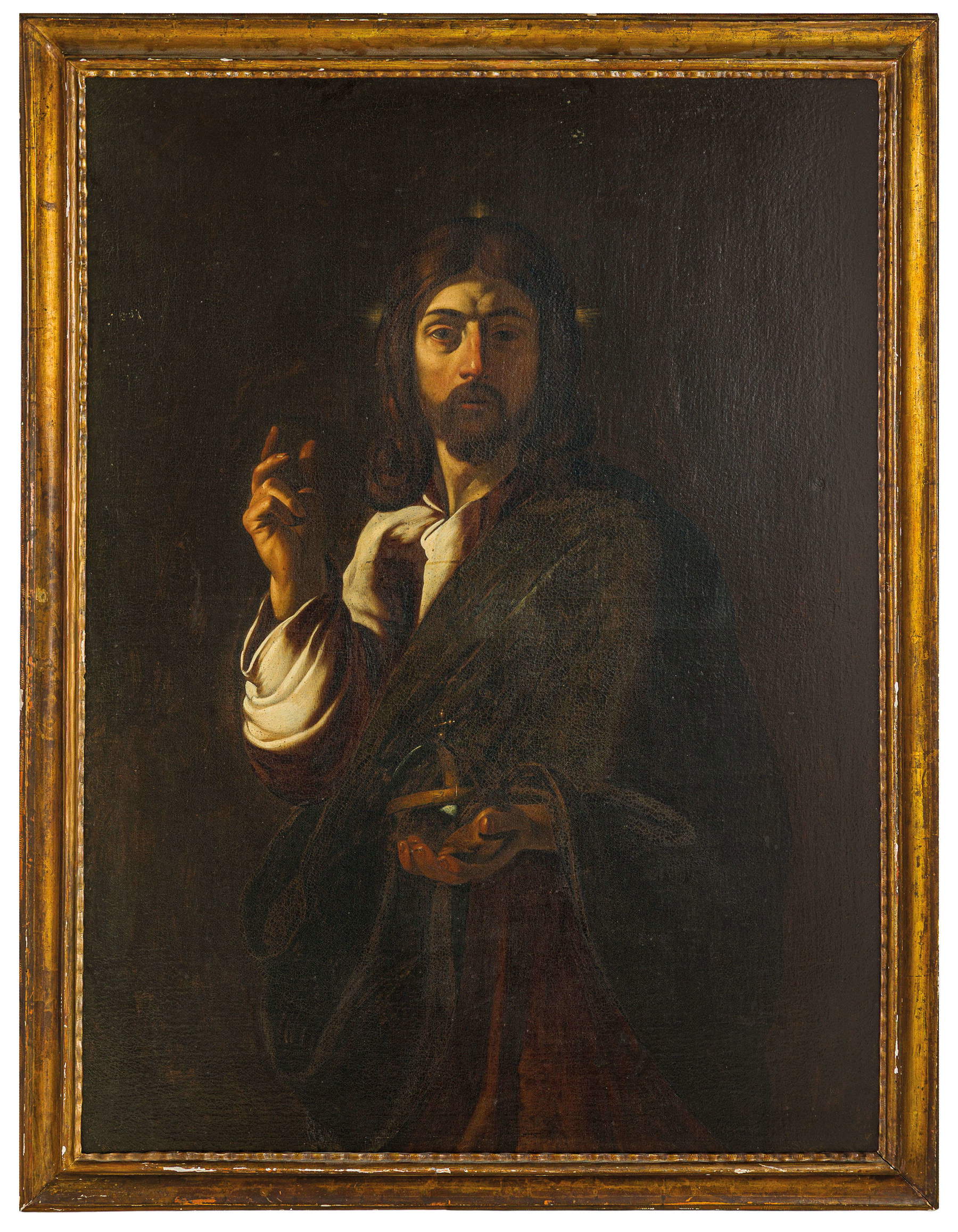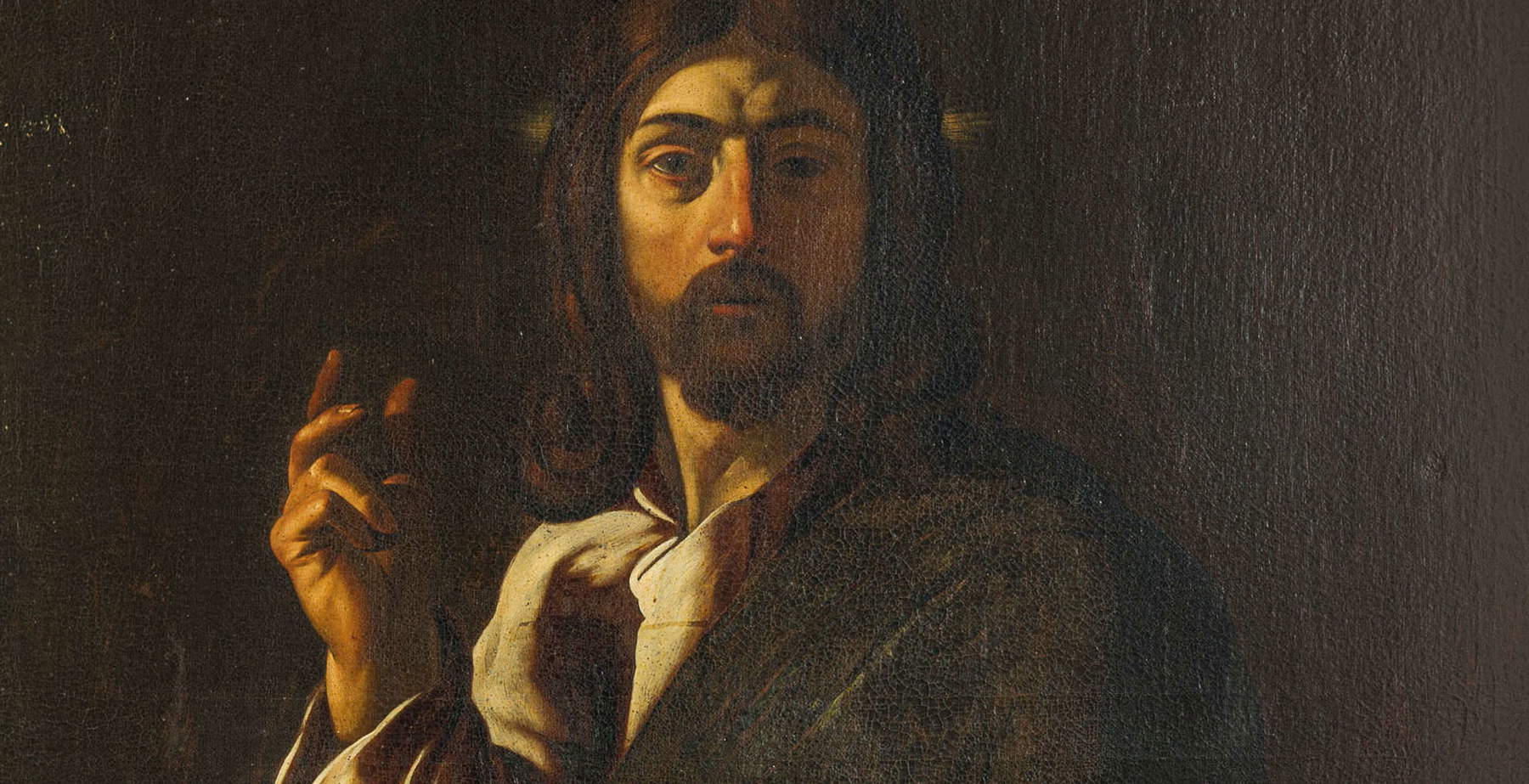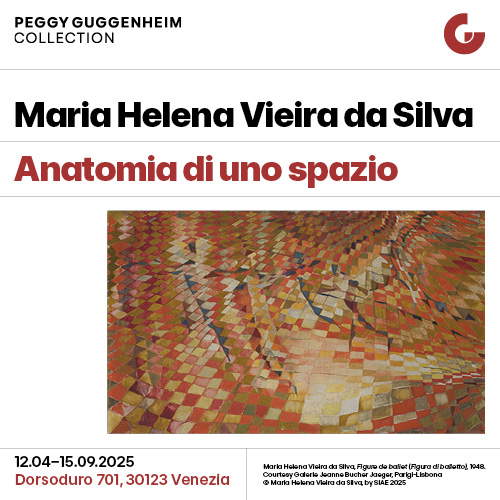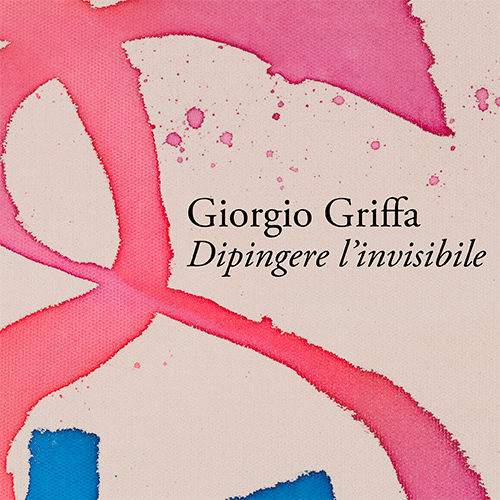Incredible auction in Genoa: a Salvator Mundi estimated at only 2,000 euros was sold for more than 200,000
Exceptional result for a Salvator Mundi of the Caravaggio school passed at auction at Wannenes in Genoa on April 15: the work, given generically to a “Caravaggesque painter of the 17th century,” an oil on canvas nearly five feet high by about three feet wide, offered with an estimate of just 2-3.000 euros and from a private collection, made the hammer stop at the incredible figure of 190,120 euros, which later became 237,650 with auction fees of 25 percent. A figure worthy, if not of a masterpiece, at least of a good work by a first-rate Caravaggesque artist. With this figure, the anonymous Salvator Mundi was the top lot of the auction, in a sale that offered names such as Bernardo Strozzi, the Scarsellino, Alessandro Magnasco, Giovanni Battista Pittoni, Giovanni Paolo Pannini and other important names in early Italian art.
In the auction catalog entry, a conservative date of about 1615 was proposed for the work: the author was presented as an artist who should be thought of as active in Rome, a participant in the Caravaggesque current and of foreign origin. “Although attenuated by the hieraticity imposed by the iconography,” the sheet reads, “the image shows an energetic naturalism and interesting analogies with the manner of Giuseppe Ribera, perceptible in a particular way from the blessing hand whose impasto and drafting finds comparison with the Roman production of the Spanish artist.” The comparison is “with the protagonists of the Apostolate datable to the years 1607-1609,” and “surprising for the analogy of the figures, the expressive tenor of the faces and the acerbity of the ’conception’.” The card also proposed a comparison with the Blessing Christ from the Church of Saints Peter and Paul in Nivillac, pointing out, however, “a different interpretation of the face, albeit as similar as ever,” while at the same time “suggesting a possible dating that predates the so-called ’Cussida Apostolate.’”
It is not often that in exhibitions of ancient art in Italy we see cases like this, that such conspicuous sleepers emerge, which is a term used in technical jargon to describe a work that starts from a low estimate and yet buyers believe it has a significantly higher value than what was initially attributed to it by the auction house. Why the battle around a work that started from such a low estimate? Evidently, those who fought to grab the work were betting on the autography of José de Ribera, one of the most important southern Caravaggesque painters. Whether it really is a Spagnoletto painting will now require the studies and opinions of experts.
 |
| Incredible auction in Genoa: a Salvator Mundi estimated at only 2,000 euros was sold for more than 200,000 |
Warning: the translation into English of the original Italian article was created using automatic tools. We undertake to review all articles, but we do not guarantee the total absence of inaccuracies in the translation due to the program. You can find the original by clicking on the ITA button. If you find any mistake,please contact us.




























